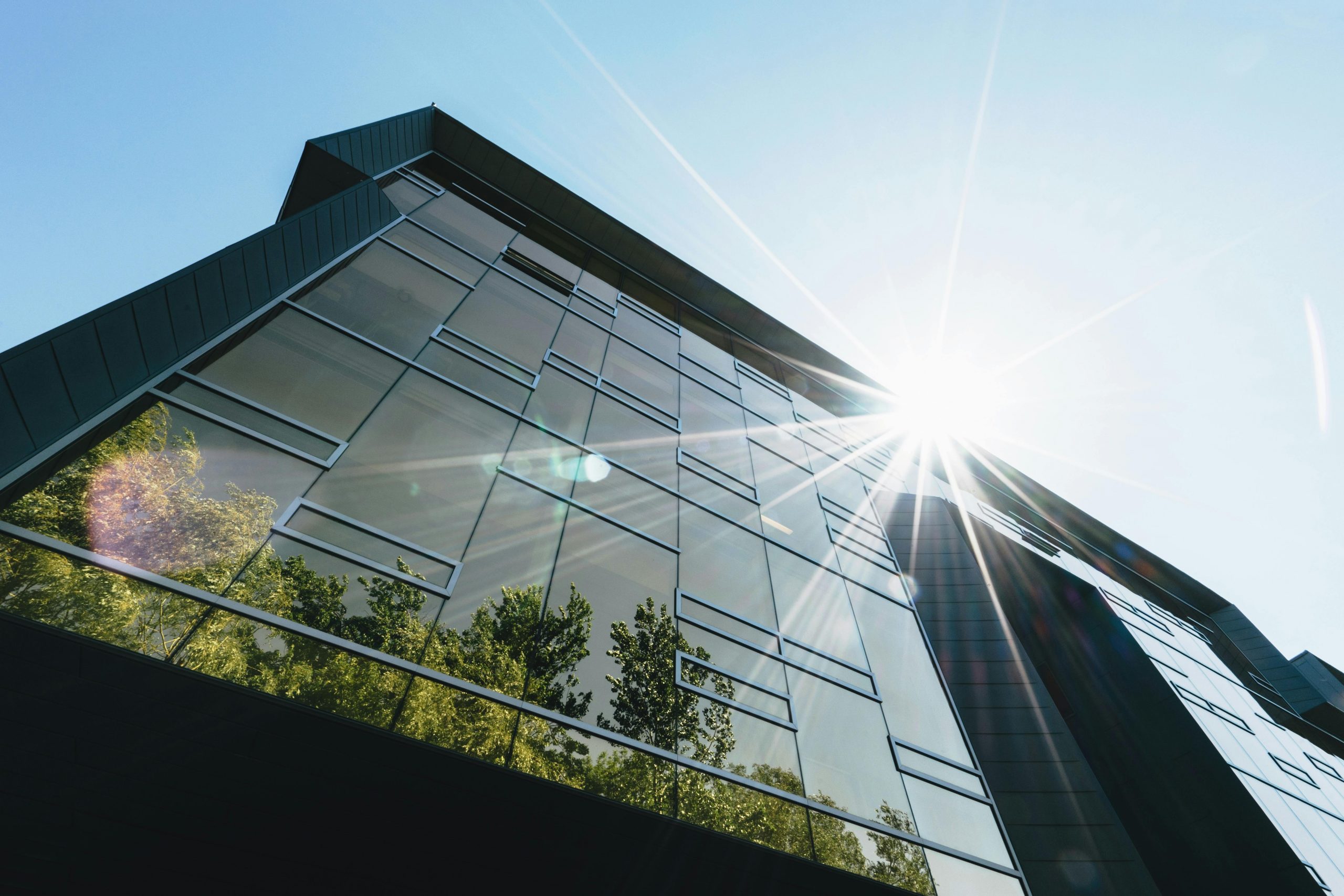- Renewable energy sources, like solar panels and geothermal heat pumps, cut carbon footprints and save costs.
- Technology advancements enhance building sustainability, offering solutions like green roofs and smart windows.
- Energy-efficient design is crucial for the harmony between human constructions and the natural environment.
- Incorporating sustainable architectural practices goes beyond financial savings, fostering a sustainable future.
- This exploration emphasizes the significance of sustainable building designs in modern architecture.
The quest for sustainability has never been more crucial, particularly in the architecture and construction industry. Our carbon footprint and energy consumption are deeply rooted in the structures we create. As we look to the future, energy efficiency must be at the forefront of any building design. From reducing operational costs to combating climate change, the advantages of an energy-efficient approach are limitless. This extensive blog post is tailored to everyone who interacts with the built environment, from architects and engineers to homeowners and tenants, providing you with the tools and understanding to make your next building project a pinnacle of energy efficiency.
Understanding Energy Efficiency in Building Design

Defining energy efficiency within building design is critical knowledge for every stakeholder in the modern metropolis and the rising tide of environmental consciousness. It’s more than a trend; it’s an imperative that affects the global ecosystem. Understanding your role in achieving energy efficiency is your first step towards a more sustainable future. Whether you’re a seasoned professional or a newcomer to the industry, this is the foundation upon which your expertise will grow.
What is Energy Efficiency in Building Design?
Energy efficiency in building design is the application of various strategies to reduce the energy consumption of a building and minimize the environmental impact of energy use. It is about intelligently using materials and technologies to create structures that require less energy to operate and maintain. By integrating efficiency into the very bones of the structure, from its initial conceptualization to its long-term functions, we can create economic and ecological buildings that are enhanced by every measure.
Key Principles of Energy-Efficient Design
There are several key principles of energy-efficient design, each as pivotal as the building blocks that support the tower. Insulation, thermal mass, shading, ventilation, and efficient lighting are not just buzzwords—they’re the blueprints for sustainable construction. We will dissect these concepts and demonstrate how they work in harmony to produce a building that is not only a marvel of design but also a model of efficiency.
Role of Different Materials in Energy Efficiency
Materials are the skin and bones of any construction effort. They dictate how we interact with our environment, from the weather to the lighting that floods our rooms. Here, we explore the often-unsung heroes of energy efficiency—the stones, glass, concretes, and metals that, when used correctly, can transform a building into a bastion of conservation.
Insulation and Building Materials
Insulation is the armor against the elements, and the materials we choose as that armor can make all the difference to our building’s efficiency. From the natural strength and insularity of bricks and stones to the engineered precision of modern composites, insulation materials are crucial in reducing heat transfer and keeping our buildings at comfortable temperatures.
The Impact of Glass on Energy Efficiency
Windows are the eyes of any building, but they can also be sources of significant energy loss if not properly managed. Innovations in glass technology, including the production of double-glazed and low-emissivity coated windows, enable buildings to bask in natural light without compromising efficiency. Hiring a reputable commercial glass company is crucial to creating an energy-efficient structure. They can provide expert advice on the best glass choices for your project and ensure proper installation for optimal performance.
Utilizing Solar Power and Other Renewable Energy Sources

Integrating renewable energy sources into building design has become a top priority as we strive to reduce our dependence on fossil fuels. Various options for harnessing clean energy are available, from solar panels to geothermal heat pumps. These solutions reduce a building’s carbon footprint and provide significant cost savings in the long run. With the advancement of technology, it is now easier and more cost-effective than ever to incorporate these sustainable options into building design.
Advanced Technologies for Energy Efficiency
Advancements in technology have opened new doors to energy efficiency. Green roofs that regulate temperatures and manage stormwater, solar panels that harness the sun’s energy, and smart windows that adjust their tint at the flick of a switch are no longer the fantasies of science fiction—they are the realities of sustainable living. We’ll showcase these technologies and demonstrate their roles in revolutionizing building efficiency.
Energy efficiency is not just a requirement; it’s key for sustainable modern buildings. Through this exploration, you’ve seen the importance of energy-efficient design in architecture. Sustainable building links material wisdom and technology for the future. It’s about more than saving on bills; it’s creating harmony between people and nature. Let’s champion energy efficiency in all areas for a more sustainable future.


